Intel to Develop Discrete GPUs, Hires Raja Koduri as Chief Architect & Senior VP
by Ryan Smith on November 8, 2017 5:15 PM EST- Posted in
- GPUs
- Intel
- Raja Koduri
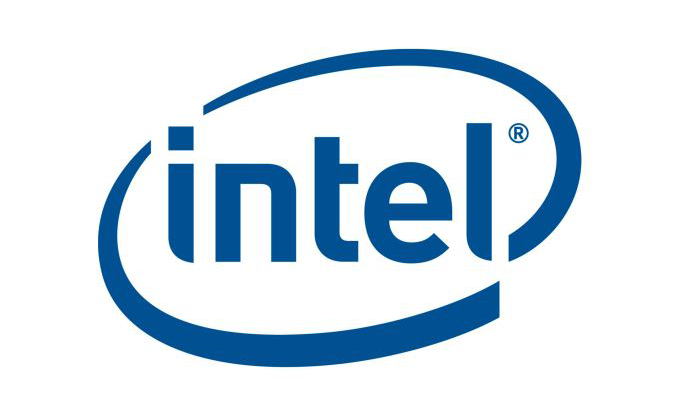
On Monday, Intel announced that it had penned a deal with AMD to have the latter provide a discrete GPU to be integrated onto a future Intel SoC. On Tuesday, AMD announced that their chief GPU architect, Raja Koduri, was leaving the company. Now today the saga continues, as Intel is announcing that they have hired Raja Koduri to serve as their own GPU chief architect. And Raja's task will not be a small one; with his hire, Intel will be developing their own high-end discrete GPUs.
Starting from the top and following yesterday’s formal resignation from AMD, Raja Koduri has jumped ship to Intel, where he will be serving as a Senior VP for the company, overseeing the new Core and Visual Computing group. As a chief architect and general manager, Intel is tasking Raja with significantly expanding their GPU business, particularly as the company re-enters the discrete GPU field. Raja of course has a long history in the GPU space as a leader in GPU architecture, serving as the manager of AMD’s graphics business twice, and in between AMD stints serving as the director of graphics architecture on Apple’s GPU team.
Meanwhile, in perhaps the only news that can outshine the fact that Raja Koduri is joining Intel, is what he will be doing for Intel. As part of today’s revelation, Intel has announced that they are instituting a new top-to-bottom GPU strategy. At the bottom, the company wants to extend their existing iGPU market into new classes of edge devices, and while Intel doesn’t go into much more detail than this, the fact that they use the term “edge” strongly implies that we’re talking about IoT-class devices, where edge goes hand-in-hand with neural network inference. This is a field Intel already plays in to some extent with their Atom processors on the GPU side, and their Movidius neural compute engines on the dedicated silicon sign.
However in what’s likely the most exciting part of this news for PC enthusiasts and the tech industry as a whole, is that in aiming at the top of the market, Intel will once again be going back into developing discrete GPUs. The company has tried this route twice before; once in the early days with the i740 in the late 90s, and again with the aborted Larrabee project in the late 2000s. However even though these efforts never panned out quite like Intel has hoped, the company has continued to develop their GPU architecture and GPU-like devices, the latter embodying the massive parallel compute focused Xeon Phi family.
Yet while Intel has GPU-like products for certain markets, the company doesn’t have a proper GPU solution once you get beyond their existing GT4-class iGPUs, which are, roughly speaking, on par with $150 or so discrete GPUs. Which is to say that Intel doesn’t have access to the midrange market or above with their iGPUs. With the hiring of Raja and Intel’s new direction, the company is going to be expanding into full discrete GPUs for what the company calls “a broad range of computing segments.”
Reading between the lines, it’s clear that Intel will be going after both the compute and graphics sub-markets for GPUs. The former of course is an area where Intel has been fighting NVIDIA for several years now with less success than they’d like to see, while the latter would be new territory for Intel. However it’s very notable that Intel is calling these “graphics solutions”, so it’s clear that this isn’t just another move by Intel to develop a compute-only processor ala the Xeon Phi.
NVIDIA are at best frenemies; the companies’ technologies complement each other well, but at the same time NVIDIA wants Intel’s high-margin server compute business, and Intel wants a piece of the action in the rapid boom in business that NVIDIA is seeing in the high performance computing and deep learning markets. NVIDIA has already begun weaning themselves off of Intel with technologies such as the NVLInk interconnect, which allows faster and cache-coherent memory transfers between NVIDIA GPUs and the forthcoming IBM POWER9 CPU. Meanwhile developing their own high-end GPU would allow Intel to further chase developers currently in NVIDIA’s stable, while in the long run also potentially poaching customers from NVIDIA’s lucrative (and profitable) consumer and professional graphics businesses.
To that end, I’m going to be surprised if Intel doesn’t develop a true top-to-bottom product stack that contains midrange GPUs as well – something in the vein of Polaris 10 and GP106 – but for the moment the discrete GPU aspect of Intel’s announcement is focused on high-end GPUs. And, given what we typically see in PC GPU release cycles, even if Intel does develop a complete product stack, I wouldn’t be too surprised if Intel’s first released GPU was a high-end GPU, as it’s clear this is where Intel needs to start first to best combat NVIDIA.
More broadly speaking, this is an interesting shift in direction for Intel, and one that arguably indicates that Intel’s iGPU-exclusive efforts in the GPU space were not the right move. For the longest time, Intel played very conservatively with its iGPUs, maxing out with the very much low-end GT2 configuration. More recently, starting with the Haswell generation in 2013, Intel introduced more powerful GT3 and GT4 configurations. However this was primarily done at the behest of a single customer – Apple – and even to this day, we see very little OEM adoption of Intel’s higher performance graphics options by the other PC OEMs. The end result has been that Intel has spent the last decade making the kinds of CPUs that their cost-conscious customers want, with just a handful of high-performance versions.
I would happily argue that outside of Apple, most other PC OEMs don’t “get it” with respect to graphics, but at this juncture that’s beside the point. Between Monday’s strongly Apple-flavored Kaby Lake-G SoC announcement and now Intel’s vastly expanded GPU efforts, the company is, if only finally, becoming a major player in the high-performance GPU space.
Besides taking on NVIDIA though, this is going to put perpetual underdog AMD into a tough spot. AMD’s edge over Intel for the longest time has been their GPU technology. The Zen CPU core has thankfully reworked that balance in the last year, though AMD still hasn’t quite caught up to Intel here on peak performance. The concern here is that the mature PC market has strongly favored duopolies – AMD and Intel for CPUs, AMD and NVIDIA for GPUs – so Intel’s entrance into the discrete GPU space upsets the balance on the latter. And while AMD is without a doubt more experienced than Intel, Intel has the financial and fabrication resources to fight NVIDIA, something AMD has always lacked. Which isn’t to say that AMD is by any means doom, but Intel’s growing GPU efforts and Raja’s move to Intel has definitely made AMD’s job harder.
Meanwhile, on the technical side of matters, the big question going forward with Intel’s efforts is over which GPU architecture Intel will use to build their discrete GPUs. Despite their low performance targets, Intel’s Gen9.5 graphics is a very capable architecture in terms of features and capabilities. In fact, prior to the launch of AMD’s Vega architecture a couple months back, it was arguably the most advanced PC GPU architecture, supporting higher tier graphics features than even NVIDIA’s Pascal architecture. So in terms of features alone, Gen9.5 is already a very decent base to start from.
The catch is whether Gen9.5 and its successors can efficiently scale out to the levels needed for a high-performance GPU. Architectural scalability is in some respects the unsung hero of GPU architecture design, as while it’s kind of easy to design a small GPU architecture, it’s a lot harder to design an architecture that can scale up to multiple units in a 400mm2+ die size. Which isn’t to say that Gen9.5 can’t, only that we as the public have never seen anything bigger than the GT4 configuration, which is still a relatively small design by GPU standards.
Though perhaps the biggest wildcard here is Intel’s timetable. Nothing about Intel’s announcement says when the company wants to launch these high-end GPUs. If, for example, Intel wants to design a GPU from scratch under Raja, then this would be a 4+ year effort and we’d easily be talking about the first such GPU in 2022. On the other hand, if this has been an ongoing internal project that started well before Raja came on board, then Intel could be a lot closer. Given what kind of progress NVIDIA has made in just the last couple of years, I can only imagine that Intel wants to move quickly, and what this may boil down to is a tiered strategy where Intel takes both routes, if only to release a big Gen9.5(ish) GPU soon to buy time for a new architecture later.
In directing these tasks, Raja Koduri has in turn taken on a very big role at Intel. Until recently, Intel’s graphics lead was Tom Piazza, a Sr. Fellow and capable architect, but also an individual who was never all that public outside of Intel. By contrast, Raja will be a much more public individual thanks to the combination of Intel’s expanded GPU efforts, Raja’s SVP role, and the new Core and Visual Computing group that has been created just for him.
For what Intel is seeking to do, it’s clear why they picked Raja, given his experience inside and outside of AMD, and more specifically, with integrated graphics at both AMD and Apple. The flip side to that however is that while Apple’s graphics portfolio boomed under Raja during his time at the company, his most recent AMD stint didn’t go quite as well. AMD’s Vega GPU architecture has yet to live up to all of its promises, and while success and failure at this level is never the responsibility of a single individual, Intel will certainly be looking to have a better launch than Vega. Which, given the company’s immense resources, is definitely something they can do.
But at the end of the day, this is just the first step for Intel and for Raja. By hiring an experienced hand like Raja Koduri and by announcing that they are getting into high-end discrete GPUs, Intel is very clearly telegraphing their intent to become a major player in the GPU space. Given Intel’s position as a market leader it’s a logical move, and given their lack of recent discrete GPU experience it’s also an ambitious move. So while this move stands to turn the PC GPU market as we know it on its head, I’m looking forward to seeing just what a GPU-focused Intel can do over the coming years.
Source: Intel



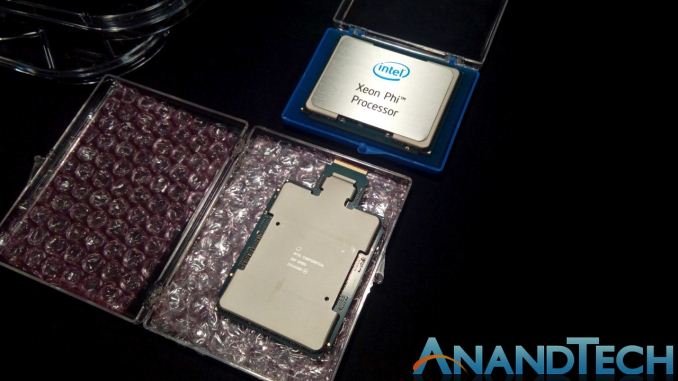
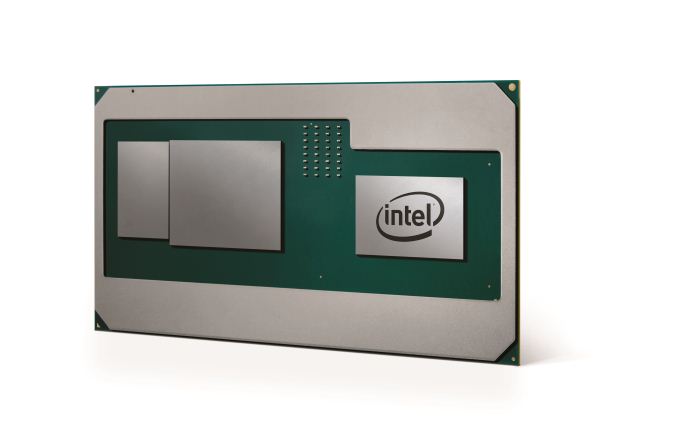
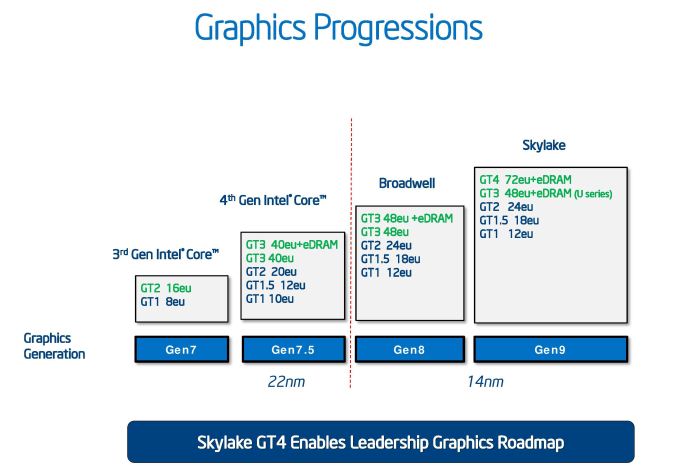
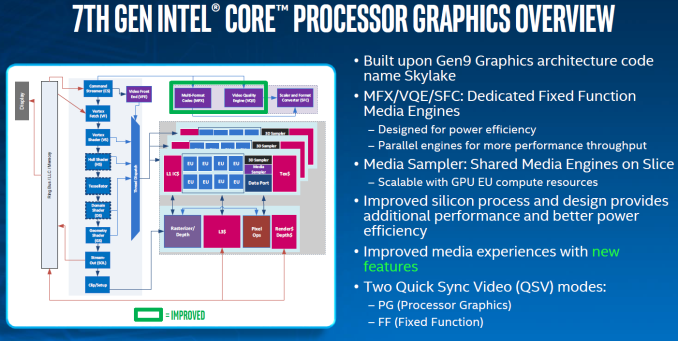








200 Comments
View All Comments
Yojimbo - Wednesday, November 8, 2017 - link
I don't think Koduri is responsible for the Vega flop. AMD's strategic decisions are responsible for their GPU woes. Firstly, they oriented their GCN architecture for a gamble on their Fusion line instead of for what was best for a discrete GPU. Then, when their CPUs started to be far outdistanced by Intel's and they got into financial difficulty, they both cut their overall R&D budget and shifted their resources to resolve the CPU problems. That left little money to work out their long-term GPU problems while simultaneously trying to build competitive GPU products in the short term. They did not have the money to flesh out their compute-oriented software ecosystem, either. So when Koduri came back to AMD he was given an overwhelming challenge. If Intel thought he was a failure they probably would have hired someone else.Yojimbo - Wednesday, November 8, 2017 - link
Unless Intel's plan is to play dirty and try to cut into NVIDIA's profits to reduce their financial might (which seems a bit dangerous, like trying to corner a tiger), the reason Intel want to develop a high-end discrete GPU is for the compute space, not for graphics. They just don't want to publicly undermine the rest of their scattershot methods of trying to combat NVIDIA's GPUs in the data center (Xeon Phi, AVX-512 on Skylake, Nervana, Altera) while their GPU is under development. They also don't want to make any promises before they have any idea what they can come up with.I think it's probably too late. The time to make a GPU was back in the 2000s, instead of working on the Larabee project. But I wonder how NVIDIA will respond. Do they continue to focus solely on GPUs? Or do they worry that Intel's market prowess can convince system builders to use Intel's GPUs instead of NVIDIA's? If the latter, they might try to develop their own CPU, look to make an acquisition, or pursue a merger.
edzieba - Wednesday, November 8, 2017 - link
I'd love to see a really radical architecture from Intel, either building on the base of Larrabee (according to alums like Abrash and Forsyth, Larrabee for graphics was functional but not chipped: https://tomforsyth1000.github.io/blog.wiki.html) or something new entirely. Current GPU archs from both AMD and Nvidia are based on throughput optimisation: shove as much work in at once as you can, keep individual cores idle for as little time as possible, nobody really cares as long as a whole screen gets drawn at the end. For VR, you want latency optimised: getting jobs done as fast as possible, and ideally do them in the order your display will read them out ('race the beam'). Whether that can mesh well with current/future GPGPU demands remains to be seen.BreakArms - Wednesday, November 8, 2017 - link
Larrabee likely sucked very badly. It was a self contained system running FreeBSD kernel intercepting DX calls to x86 cores, there's just no way it was going to be competitive at any price they could sell it for.wr3zzz - Wednesday, November 8, 2017 - link
What is Raja Koduri's track record? From what I've read it seems he is more a self-promoting managerial type than true architect star like Jim Keller.peevee - Thursday, November 9, 2017 - link
careeristFreakie - Wednesday, November 8, 2017 - link
"I would happily argue that outside of Apple, most other PC OEMs don’t “get it” with respect to graphics, but at this juncture that’s beside the point."I think you don't really "get" laptop graphics, Ryan. The reason why GT4 isn't in other laptops, is because the price Intel charges for it. When laptop OEMs can put a more powerful CPU and GPU in a laptop with longer battery life, in the same size as the MBP, at a cheaper price than the MBP, then of course they aren't going to do GT4. To charge what it costs for GT4 to consumers is something only Apple can do because Apple consumers, in the end, don't care what the hardware is inside so long as it's not utter crap. This isn't a matter of other OEM's not "getting" laptop graphics, its a matter of OEMs actually making what their customers want, which are laptops that beat Apple's in every way except for the Apple logo, and the OEMs succeed in that.
Sure GT4 might be a bit more power efficient, but the price difference from a discrete GPU just as (or more) powerful than GT4 can be spent on a slightly larger battery, which would add about 2-4 ounces to the end weight ,at most, to make up for the power efficiency difference. And of course with a discrete solution they can more evenly spread out the thermal load, and add an extra fan on top of that, further decreasing the amount of heat that reaches the user. It makes for a much cooler product than even Apple can make using GT4.
But since you said you would happily argue the point, I'm open to the fact that I might be missing something! Is there a reason why an OEM should go with GT4 over a discrete graphics solution?
vladx - Thursday, November 9, 2017 - link
Well said, the only reason Apple buys GT4 SKUs is because they know they can fleece iSheeps later on with their products.lilmoe - Thursday, November 9, 2017 - link
You're not missing any point. Lots of Apple fans don't get, some _don't_ want to get it.Luckily, this Intel/Raja move won't be panning out anytime soon, and Ryzen Mobile is almost in products.
It's a time race, Zen2 and 7nm isn't too far away either. Hopefully along with Navi.
Now, what EVERYONE reeaaly doesn't get is that Zen and Vega WILL shine in low power applications. Lots of server, and ALL of mobile.
TEAMSWITCHER - Thursday, November 9, 2017 - link
I must have two computers at my disposal in case of a failure. No customer support plan is good enough to guarantee zero down-time, and delivering for my clients is critical. I have found that the Desktop + Laptop combination is a good solution without complete redundancy. The Desktop provides performance, the laptop provides mobility. Each machine backs up the other.I want my desktop to have a powerful GPU(s) .. where I can enjoy a large 4K display whether I'm working or gaming. Laptops are not good for gaming; the screens are small, the speakers are weak, the fans are loud - it's a terrible experience even with discreet graphics. Intel's integrated solutions provide enough 3D support for my work-related tasks, either on the road or when my desktop computer is down. I can sacrifice ultimate performance for a thinner and lighter device.
Best of all, I don't have to call my clients and tell them a sob story about my dead computer.